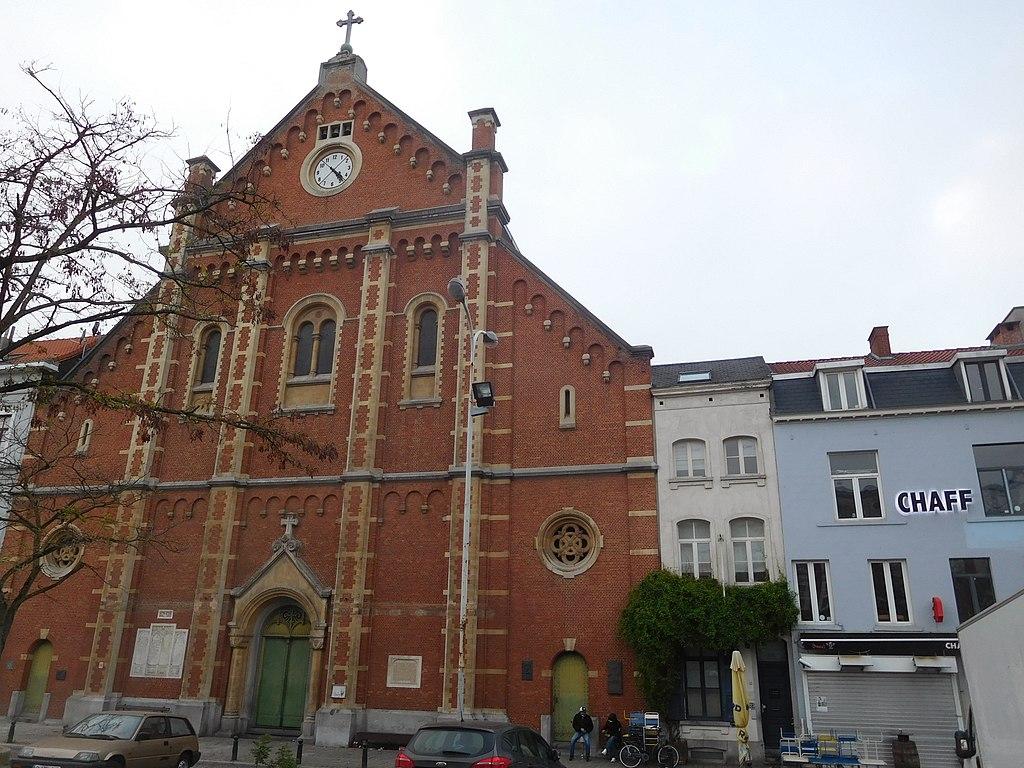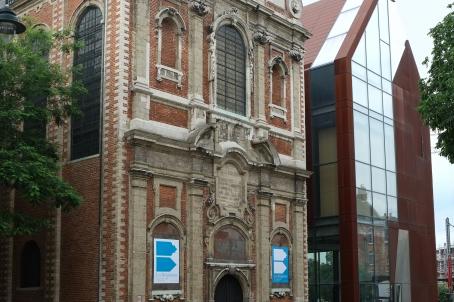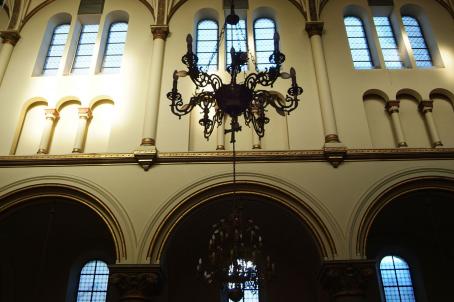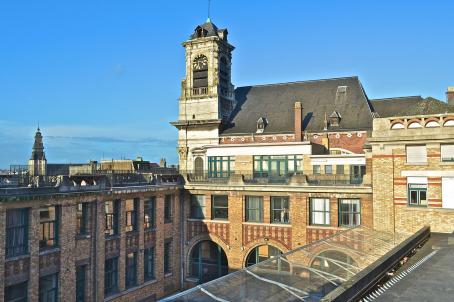Church of Our Lady Immaculate
The Church of Our Lady Immaculate is a neo-Romanesque church was built in 1854 for the Capuchin fathers who made it their parish. The church is a Catholic parish. In 1587, the Capuchin fathers settled in Brussels. They remained there for a little over two centuries. At the end of 1796, during the French revolutionary period, their convent was confiscated and publicly sold by the French as 'national property'. In the 19th century, in 1852, the Capuchins returned. They settled in the heart of the city, near the Place du Jeu de Balle, in the Marolles district.






